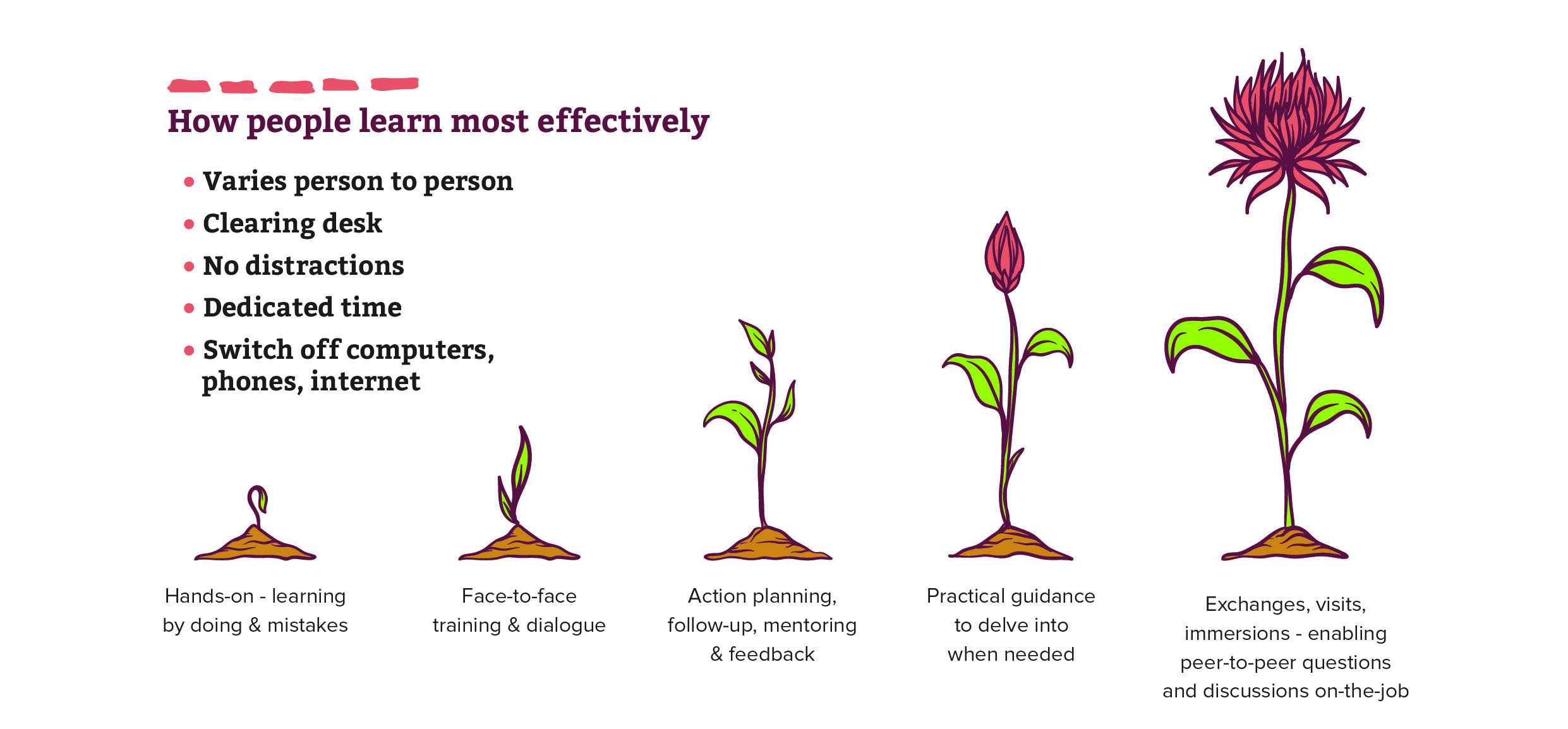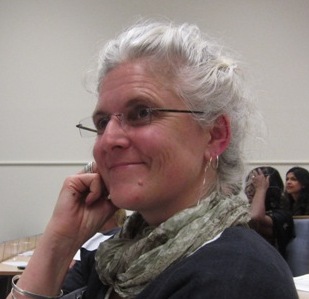A few months ago, I was pleased to undertake a rapid topic exploration on ‘Learning in the sanitation and hygiene sector’ on behalf of the IDS Sanitation Learning Hub (SLH). This study aimed to inform SLH’s current four-year strategy and provide guidance to the sector on how to strengthen its learning processes going forward. This blog is the first in a five-part series highlighting key insights and recommendations to emerge from the study, with key findings being shared through a Learning Paper and a Learning Brief (forthcoming).
A great opportunity for personal learning
This study was a great opportunity for me personally, because how people learn and how we can help them do so at scale, is something that I regularly reflect on in my work; but I rarely have the opportunity to sit down and develop my thinking on it as a subject in its own right. The study also gave me the chance to pick the brains of a wide range of people (32 in total) from and who work in, Africa, Asia and elsewhere, with a diverse range of experiences, knowledge and opinions. It was very interesting to analyse the learning processes that are happening in the sector, as well as the barriers to learning and what we need to do to improve in the future.
Levels of learning
Something that I had not specifically considered before, but which came out clearly, is that the people working in the WASH sector are very diverse with a wide range of backgrounds. This means that we often start from different baselines and have different learning needs, to get to the same point in our understanding and practice. One respondent noted she had met quite a few people with dentistry background working in the area of hygiene promotion in the sector, which I think highlights the diversity quite well!
There are also several different levels where learning needs to occur. These vary in terms of: a) the depth and level of detail needed; b) the scale – with learning by individuals, organisations, and sector-wide; c) learning by field and office-based workers; and d) learning across the WASH sector as well as cross-sectorally. This means that we are likely to need multiple methods and routes for learning and sharing.
And then there are the big questions underlying all learning processes – which is why do we need to learn and how to we make sure that the learning is useful, and in particular for improving our work at scale?
How people learn best

The way people in the sector learn varies person to person, but the above image provides an overview of the ways that it has been noted and observed that people generally learn best. Learning by doing and learning from mistakes are key ways that people learn best, with face-to-face training and dialogue and chances to shadow and undertake exchanges also being noted as being of particular value. The value of training and workshops are noted as being heightened when there are both action planning and on-going mentoring and feedback, rather than just one-off activities.
Whilst having a diverse range of actors in the sector has many benefits, it seems to have also led to some increasing gaps, including a lowering of technical ability within the sector, with many people no longer able to do even basic technical tasks, such as simple calculations. The shorter attention spans of sector actors were also highlighted by a number of respondents, with one sector actor involved in research and capacity building, noting that nowadays to “keep people engaged – it is like tap-dancing”.
In my own capacity building work, I try and share learning on best practices, particularly in relation to how to practically consider and respond to the needs of diverse people within communities. I have also increasingly found that using participatory, triggering activities, making people think for themselves and learn from each other, are more appreciated than other approaches; but it is also recognised that more detailed information sharing and more traditional teaching is also important, particularly to ensure the quality of the technical areas of our work. In relation to this type of training, one respondent said “they may not like it, but they need it”.
Another respondent posed the question in relation to the methods for learning that it is also important to consider “what is effective and what is popular”, as they may not be the same, with a particular question made about webinars, in that people tend to like them, but is it clear whether they are resulting in changes on the ground?
These were interesting questions to consider as the study progressed.
Read my second blog in this series to find out about ‘Innovative approaches for inclusive community learning’ which stood out to me, as having good potential to learn from communities that can be used in ways that are inclusive, respectful and effective.
In addition, three forthcoming blogs in this series on learning in the sanitation and hygiene also look at:
- Learning peer to peer in the sanitation and hygiene sector.
- The barriers that prevent us learning and translating it into action at scale.
- Ideas for strengthening learning and its use at scale.






